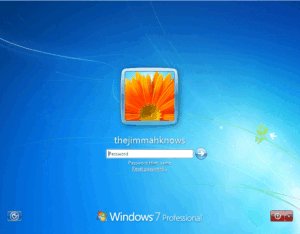Hello! I posted an article a while back on how to use a web proxy to block unwanted content. While this is good and fun, we need an easy way to configure clients to use the proxy. For this article I will be over both PAC file deployments and WPAD deployments. We will use the example proxy server of 172.16.0.5:3128. Let’s go!
First a few common ways clients are configured to use a Web Proxy:
- Manual configuration — Client manually inputs configuration data into each of their browsers to use the web proxy for each protocol (HTTP, HTTPS, FTP, etc).
- PAC File –– A PAC(Proxy Auto-configuration) file, is a method where the client’s browser is configured with the location of the PAC file via http:// or https:// to be downloaded automatically .
- WPAD — WPAD (Web Proxy Automatic Detection) is the automatic and transparent configuration of client’s to use and send their web-traffic to a proxy server. This deployment of PAC files using already existing network protocols such as DNS or DHCP options.
- GPO — GPO( Group Policy Objects deployments are primarily used in Windows Domain environments. User will obtain proxy configuration automatically through these Group Policy Objects upon log-in. (not-covered in this article)

